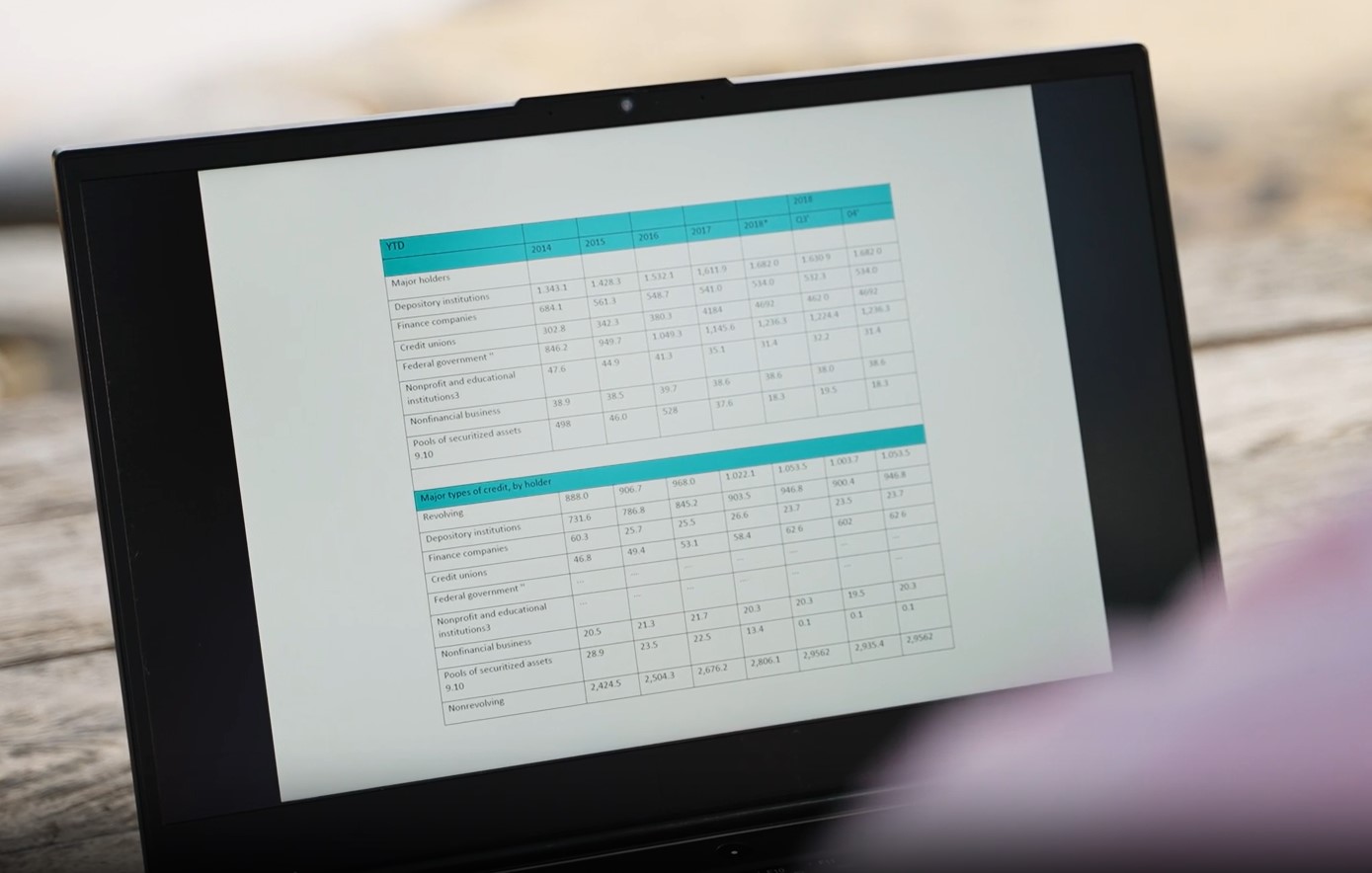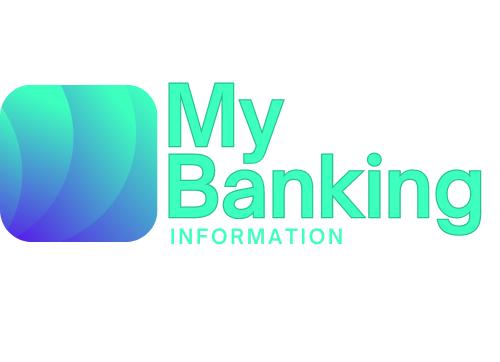Opening a business bank account is straightforward, but you’ll need the right documents and information ready. Typically, you’ll need identification, your business’s EIN or SSN, and the legal paperwork that shows your business is registered. Depending on your business type, the bank may ask for more.
Make sure you know about the fees, minimum deposits, and whether the account offers what your business needs, like merchant services or easy integration with your software. Keep it simple, get your documents in order, and you’re good to go.
Steps to Open Business Bank Account
- Gather Required Documents
- Choose the Right Bank
- Compare Fees and Services
- Check Minimum Deposit and Balance Requirements
- Consider Merchant and Credit Card Services
- Set Up Online and Mobile Banking
- Open the Account and Deposit Funds
1. Gather Required Documents

| Document Type | Purpose |
|---|---|
| Government ID | Verifies your identity |
| EIN or SSN | Identifies your business or sole proprietorship |
| Business Formation Documents | Confirms legal status of the business |
| Ownership Agreements | Defines ownership if there are multiple owners |
| Business License | Shows your business is officially registered |
To open a business bank account, start by gathering the right documents. First, you need a valid government-issued ID, like a passport or driver’s license. Next, have your Employer Identification Number (EIN) ready. Sole proprietors might use their Social Security Number (SSN) instead.
You’ll also need your business formation documents. These include articles of incorporation for corporations or an operating agreement for LLCs. If you have partners or co-owners, some banks ask for ownership agreements to define each person’s stake.
Lastly, bring your business license or permit. This document shows that your business is legally recognized and ready to operate. Getting these documents together ensures you can move quickly when opening your account.
2. Choose the Right Bank

| Criteria | Importance |
|---|---|
| Bank’s Fees | Impacts your operating costs |
| Account Types | Ensures compatibility with your business needs |
| Additional Services | Offers credit, loans, or merchant accounts |
| Online and Mobile Access | Provides convenience for remote banking |
| Minimum Balance Requirements | Helps avoid extra charges |
When choosing a bank, focus on what each one offers and how it fits your business. Start by comparing fees. Monthly maintenance fees, transaction charges, and other hidden costs can add up quickly. Make sure the bank’s fee structure aligns with your cash flow and budget.
Consider the account types available. Some banks offer specialized business accounts like interest-bearing checking or high-yield savings, which can benefit certain businesses. Check if the bank provides services you might need later, like business credit cards or merchant processing for handling payments.
Think about how easily you can access the bank’s services. Banks with strong online and mobile platforms make managing your account easier when you’re on the move. You should also check whether the bank has a minimum balance requirement that could trigger fees if not met.
3. Compare Fees and Services

| Fee Type | Why It Matters |
|---|---|
| Monthly Maintenance Fees | Regular cost for account management |
| Transaction Fees | Extra charges for deposits, withdrawals, and transfers |
| Cash Deposit Fees | Costs related to depositing cash |
| ATM Fees | Charges for ATM withdrawals |
| Other Service Fees | Includes overdraft, wire transfers, and other add-ons |
Before deciding on a bank, carefully compare the fees and services each one offers. Monthly maintenance fees are common, but some banks may waive them if you meet certain conditions, like maintaining a minimum balance. Transaction fees can also add up if you regularly make deposits, withdrawals, or transfers, so look for accounts with lower or no transaction fees.
Cash deposit fees are another consideration, especially if your business deals with large volumes of cash. Some banks have limits on the amount of cash you can deposit each month before charging additional fees. ATM fees might apply if you need to withdraw cash frequently, particularly if you’re using ATMs outside of the bank’s network.
Lastly, review any other service fees, like charges for overdrafts, wire transfers, or additional features like cashier’s checks. A good bank will be transparent about these costs, allowing you to choose one that aligns with your business’s financial needs.
4. Check Minimum Deposit and Balance Requirements

| Requirement Type | Why It Matters |
|---|---|
| Opening Deposit | Initial amount needed to start the account |
| Minimum Balance | Avoids monthly maintenance fees |
| Low Balance Penalties | Charges incurred if your account balance drops |
Banks often have specific deposit and balance requirements when opening a business account. The opening deposit is the first thing to consider. Some banks allow low deposits, while others might require a higher amount, depending on the type of account.
Next, look into the minimum balance required to maintain the account. If your balance falls below this threshold, you could be hit with fees. It’s crucial to choose an account with balance requirements that fit your regular cash flow. If your business tends to have fluctuating income, a bank with no minimum balance or low penalties is a better choice.
These requirements vary from bank to bank, so compare them carefully to avoid unnecessary costs and ensure your account stays in good standing.
5. Consider Merchant and Credit Card Services

| Service Type | Why It Matters |
|---|---|
| Merchant Services | Enables credit/debit card payments |
| Business Credit Cards | Offers financing options and rewards |
| Payment Processing Fees | Impacts your bottom line when accepting payments |
| Integration with POS Systems | Simplifies transactions and accounting |
If your business plans to accept credit or debit card payments, it’s important to consider whether the bank offers merchant services. Some banks provide built-in payment processing solutions, allowing you to handle customer transactions more efficiently. These services often come with fees, so understanding the cost structure is critical.
Business credit cards are another key feature to look into. They can help manage cash flow, offer rewards, and build your business’s credit. Different banks provide varying terms, interest rates, and perks, so it’s worth comparing offers.
Additionally, make sure the bank’s merchant services integrate smoothly with your point-of-sale (POS) systems and accounting software. This can save time and reduce errors when managing your finances. Having everything connected through one bank simplifies operations and can make scaling easier as your business grows.
6. Set Up Online and Mobile Banking

| Feature | Why It Matters |
|---|---|
| Online Account Access | Manage finances remotely |
| Mobile App Availability | On-the-go banking convenience |
| Bill Pay Features | Automates recurring payments |
| Account Alerts | Provides instant notifications for key activities |
Setting up online and mobile banking is essential for modern businesses. With online account access, you can easily check your balance, transfer funds, and monitor transactions from anywhere. A reliable mobile app adds flexibility, letting you manage your finances on the go.
Look for bill pay features that allow you to automate recurring payments like rent or utilities, saving time and reducing the risk of missed payments.
7. Open the Account and Deposit Funds

| Step | Why It Matters |
|---|---|
| Submit Required Documents | Finalizes the account opening |
| Initial Deposit | Activates the account for use |
| Grant Access to Key Employees | Ensures smooth operations for authorized users |
Once you’ve chosen the bank and gathered your documents, it’s time to officially open the account. Submit the documents required by the bank, either online or in person, depending on their process. This usually involves providing identification, your EIN or SSN, and any business formation paperwork.
Next, you’ll need to make an initial deposit to activate the account. The amount varies by bank, so make sure you meet the minimum requirement. If you have employees who need access to the account, like managers or finance personnel, bring them along during this step so they can provide their identification and be granted access.
After everything is set up, you can start using the account for your business transactions, like paying bills, accepting payments, and managing your cash flow.
FAQs
Last Words
Opening a business bank account is a crucial step for managing your finances effectively. By gathering the right documents, choosing the best bank for your needs, and considering key factors like fees, services, and account requirements, you’ll be set up for smoother operations and growth.
Keep everything simple, organized, and tailored to your business needs, and you’ll be ready to focus more on running your business while your finances stay secure and easy to manage.

